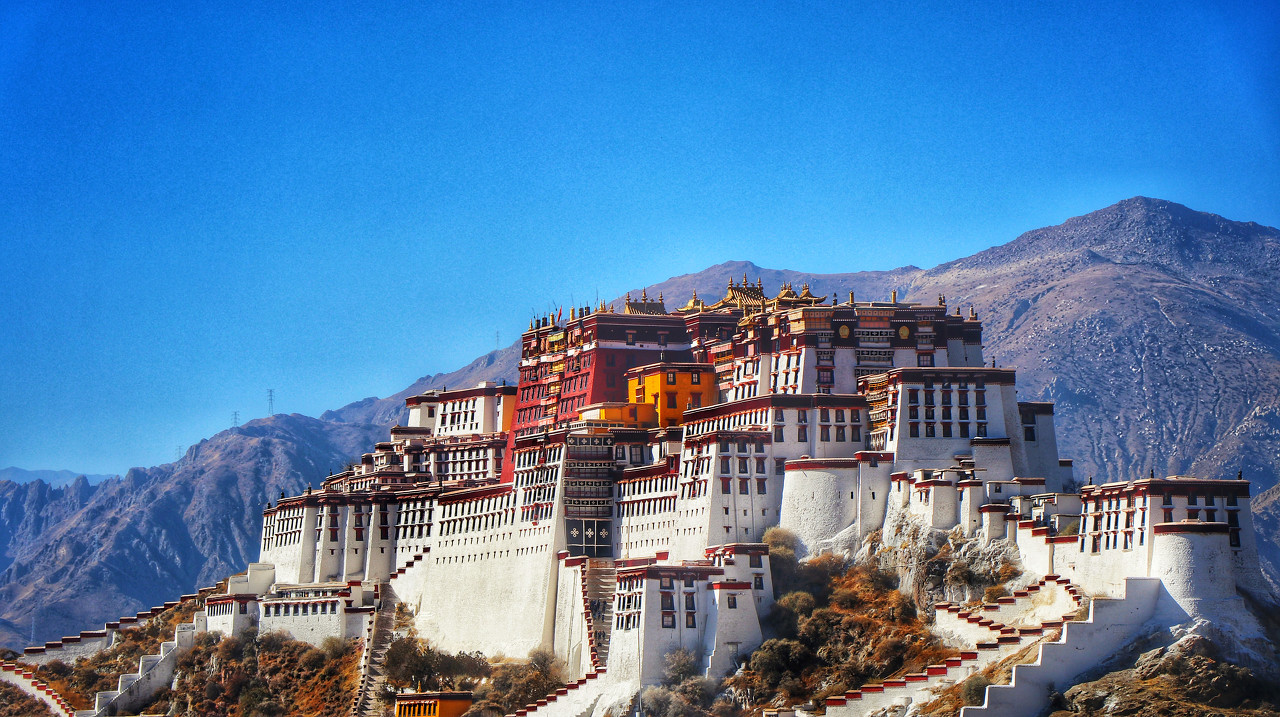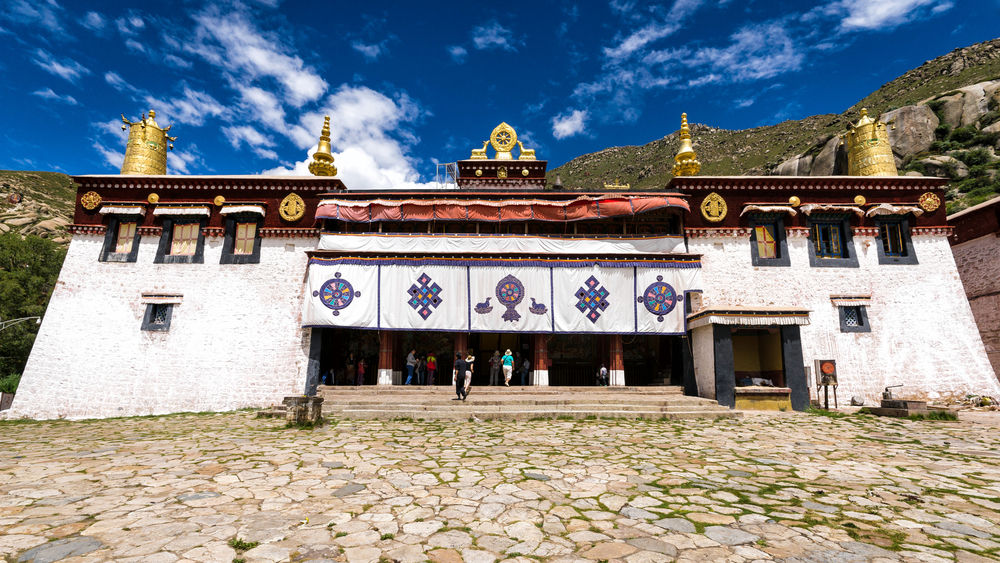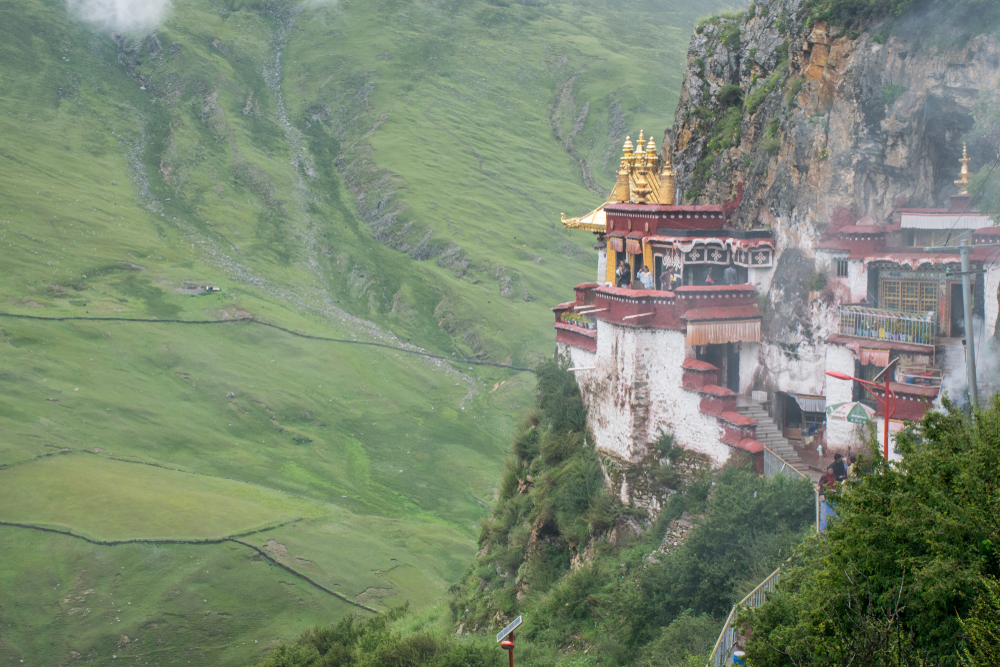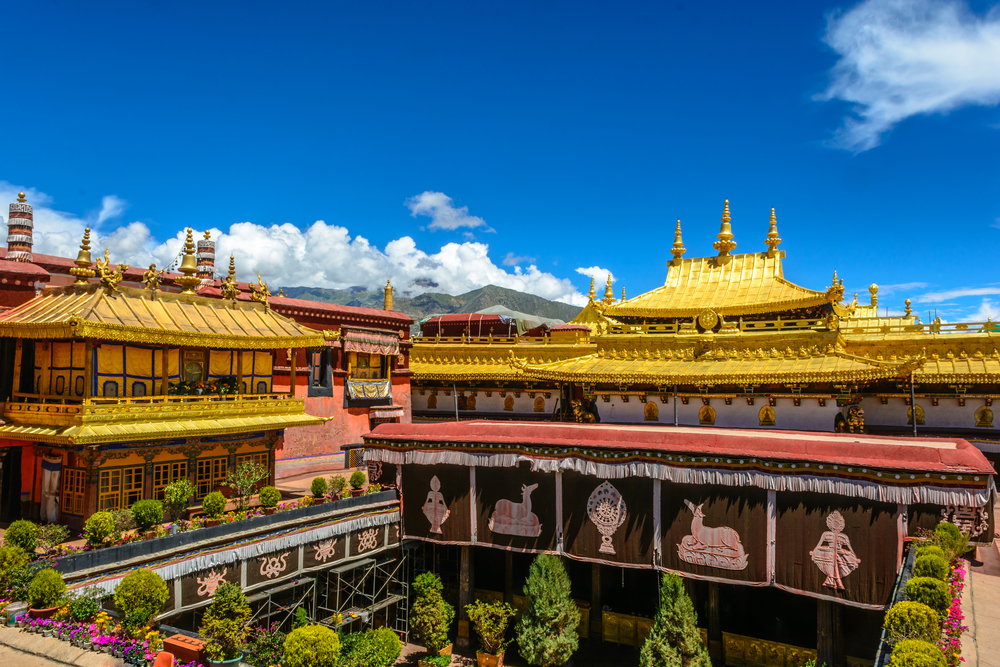西藏必去的地方
 拉萨天气预报
拉萨天气预报





分享文章至:
推荐相关文章:

西藏必去的地方
去西藏旅游,近距离感受布达拉宫的雄伟,想必是很多人的愿望。除了布达拉宫,拉萨还有很多值得一去的地方,比如离布达拉宫不远的大昭寺。此外,西藏第二大湖纳木错也不容错过。
关注【GreaterGo】,从这里开始您的西藏之旅。
布达拉宫
人们对西藏的印象,离不开拉萨市区西北面玛布日山上的那座宏伟宫殿——布达拉宫。

公元七世纪初,松赞干布统一西藏丶建立吐蕃王朝,便於玛布日山上修建约千座大大小小的宫殿房屋,并以佛经中观世音菩萨的住地「布达拉」来命名。历经两百多年後,吐蕃王朝覆灭,布达拉宫几乎全部被毁,仅剩两座佛堂幸存。
直至十七世纪,拉萨才再度成为青藏高原的政治中心。布达拉宫经重建和持续扩建,先後建成历代达赖喇嘛生活起居所处的「白宫」丶由历代达赖的灵塔殿所组成的「红宫」,以至其他佛堂丶走廊丶园林等。
自五世达赖起,历代达赖都居住於布达拉宫,并在宫内举行重大的宗教及政治仪式,令布达拉宫成为西藏政教合一的统治中心。布达拉宫依山而建,殿宇巍峨,亦展现了鲜明的藏传佛教丶藏式建筑风格——宫殿外部以红丶白及黄三色粉刷,分别象徵威严丶恬静和圆满。
大昭寺

大昭寺是拉萨的「城市精神中心」,也是藏传佛教至高无上的圣地。松赞干布建立吐蕃王朝後,随即迎来王朝盛世,他亦通过政治联姻,迎娶中原唐朝的文成公主及尼婆罗塔库里王朝的尺尊公主。相传当时建造大昭寺的目的,就是为了供奉两位公主自家乡带来的数尊佛像。
其中,文成公主带来的释迦牟尼十二岁等身像,以及尺尊公主带来的木制释迦牟尼佛像,至今仍然供奉於大昭寺内。据佛教传说,松赞干布死後,就化身成一道光芒,注入木制释迦佛像之中。
在文化大革命期间,大昭寺未能幸免,寺内许多佛像被毁,寺庙更一度沦为屠猪场;这对禁止藏地四众弟子为满足口腹之欲而杀生食肉的藏传佛教来说,可谓相当不敬。
文革过後,藏人被重新准许进入大昭寺膜拜,寺庙亦获多次重建,也成为旅客游览西藏时必到的景点之一。
色拉寺

十五世纪初,获明宣宗封为「大慈法王」的绛钦却杰创建了色拉寺;十七世纪的全盛时期,寺内有五千五百名僧侣,是重要的佛教经学府。时至今天,色拉寺内约有六百位喇嘛居住。
来到色拉寺,务必要看喇嘛辩经。辩经功课其实并非色拉寺独有,但这里的辩经固定於星期一至五,每天下午三时至五时进行,而且开放予游客观察,因此最为着名。
尽管大部分游客受限於语言隔阂丶根本听不懂喇嘛之间的辩论内容,但看见数以百计的喇嘛齐集於寺院空地,有喇嘛激昂地发表观点,也有喇嘛三五成群低声讨论,时而无奈摊手丶时而拍手赞同丶时而皱起眉头陷入沉思丶时而为获得新的智慧而手舞足蹈,除了场面趣怪,也能感受到他们对佛学修为的追求。
扎叶巴寺

扎叶巴寺是西藏四大隐修地之一,当地民间就有谚语如此说道:「西藏的灵地在拉萨,拉萨的灵地在叶巴;到拉萨不到叶巴,等於做新衣不做衣领。」扎叶巴寺位於拉萨市中心以北约三十公里处的扎叶巴沟,寺院坐落在山崖之上,如同镶嵌在崖缝壁间。
相传这里有一百零八个修行洞,但实际上只有约八十个。相传,松赞干布丶印度云游僧莲花生丶开创噶当派的印度高僧阿底峡等,均曾在扎叶巴寺的修行洞内闭关修行。
纳木错

纳木错是西藏的第二大湖泊,位於青藏高原,与拉萨相距约四个小时车程,拉萨有不少旅行社设有往返纳木错的旅游巴服务,可选即日来回或逗留两天一夜。
纳木错的湖水清澈,四周有不少雪山,形成壮丽景观。不少游客也喜爱花一点金钱,一尝骑乘氂牛丶漫步於湖边的滋味。「纳木错」为藏语,意指「天湖」;既得此名,纳木错背後当然不乏民间和佛教传说。纳木错合共有五个湖中岛,相传就是五方佛的化身。民间也相信,每逢藏历羊年,诸佛丶菩萨等会集合在纳木错举行法会,此时前往绕湖念经朝拜,胜过平日十万次,功德无量。
有用资讯
1. 如何前往拉萨?
前往拉萨有三种方式:飞机丶火车或陆路。从中国大陆乘飞机前往拉萨快捷高效,但没有机会适应高原环境。机票有点贵,这主要是由於需求量大。
乘坐西藏火车是前往拉萨最壮观的方式之一。火车穿越中国部分地区,从最北部的唐古拉山一直延伸到拉萨。全程大约需要 22-55 个小时,但沿途令人叹为观止的风景让人觉得不虚此行。
2. 在拉萨不适应高海拔,可以直接前往珠峰大本营(EBC)吗?
等身体适应拉萨的高海拔後,再开始前往西藏其他地方(如 EBC)的探险是非常重要的。
拉萨的海拔为 3656 米,而西藏珠峰大本营的海拔为 5200 米。海拔突然升高可能会引起高原反应。
基本上,3 天时间足以让大多数旅行者摆脱高原反应的最初症状,包括头痛丶头晕丶疲劳丶食欲不振丶睡眠不安等。
3. 为什麽要通过西藏旅行社计划拉萨之行?
最好通过当地旅行社预订拉萨之旅。
这主要有两个原因。首先,当地旅行社提供在西藏土生土长的藏族导游。只有他们才能带您领略最原汁原味的西藏文化丶风光和风土人情。
其次,当地旅行社的价格更合理。不会收取中间佣金。
资讯提供: tibettravel.org
推荐相关文章:




